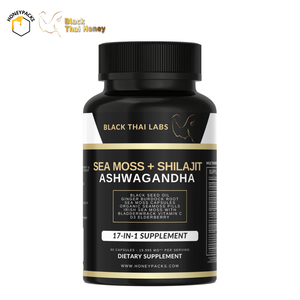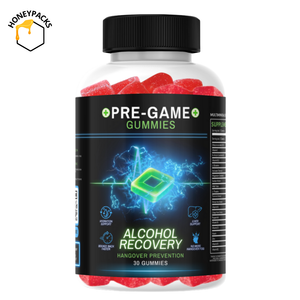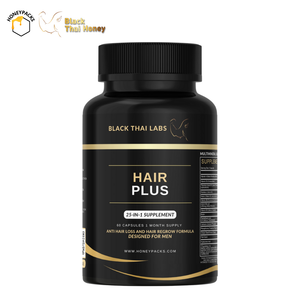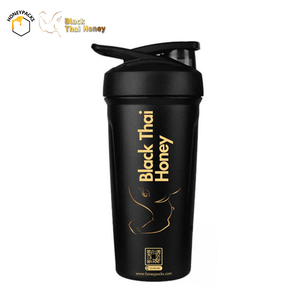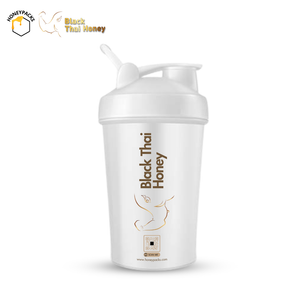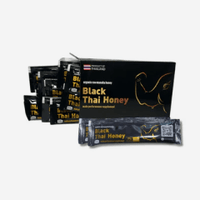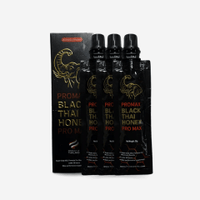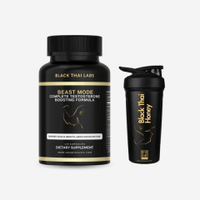Ashwagandha vs Ashwagandha Root: Key Differences Explained
Ashwagandha refers to the whole plant, while ashwagandha root is the specific part traditionally used in supplements for its calming, hormone-balancing effects. The root is more studied, safer, and better tolerated than leaf extracts, which may cause overstimulation in some users.
You might think you're buying one thing when you're getting something else entirely. That’s because supplement labels rarely tell the full story, and when it comes to ashwagandha, what’s on the label doesn’t always match what your body needs.
Here's the short version:
- Ashwagandha is the full plant, which may include root, leaf, or both
- Ashwagandha root is the traditional, safer part used for stress, sleep, energy, and hormone balance
- Mixed or full-spectrum blends may lead to unwanted side effects like insomnia or jitteriness
- Root-only extracts are more clinically studied and better tolerated by most men
Many men end up with the wrong formula because the label didn’t specify what part of the plant was used. That’s where this guide comes in.
Honey Packs has spent years dialing in what works best for long-term stamina, performance, and hormonal support. Root-based formulas, especially when combined with proven ingredients like black ginger and ginseng, deliver the most consistent results. It’s why we stick with the root, and why we recommend you do too.

Want the full breakdown of why this matters, what to look for, and how to pick the right ashwagandha for your goals?
Keep reading. We’re about to lay it all out.
What is Ashwagandha?

Ashwagandha (Withania somnifera) is one of the most widely used adaptogens in Ayurvedic medicine. It’s been praised for centuries for its ability to support energy, balance hormones, and calm the nervous system. But here's where it gets confusing: while “ashwagandha” refers to the whole plant, not every supplement uses the same part, or even tells you what’s inside.
The ashwagandha plant includes roots, leaves, stems, and berries. However, only the root is considered traditional in Ayurveda and validated in clinical research. The leaf contains different compounds, which may behave very differently in the body.
That’s where product labeling becomes a problem.
Many supplements simply say “ashwagandha extract,” without specifying whether it includes the root, leaf, or a full-spectrum blend of both. As a result, buyers are often left guessing, and in some cases, feeling unexpected side effects from formulas that don’t match their goals.
If you’ve ever wondered why two ashwagandha products feel completely different, the part of the plant used is likely the reason.
Ashwagandha Root Explained
When we talk about the true power of ashwagandha, we’re really talking about its root.
Used for thousands of years in Ayurveda, the ashwagandha root is the gold standard for men’s health support, whether you’re focused on boosting testosterone, managing stress, or improving sleep quality. This isn’t just tradition talking. It’s backed by science.
Root-based extracts are standardized to contain specific, bioactive compounds known as withanolides, the key drivers behind ashwagandha’s calming and hormone-balancing benefits. Unlike the leaf, the root offers stable, reliable withanolide ratios and is generally well tolerated, even with long-term use.
That’s why the majority of human clinical studies use root extract exclusively, especially in areas like:
- Testosterone support
- Cortisol regulation
- Cognitive and physical performance
- Sleep enhancement
Root extracts also support healthy muscle recovery and endurance, making them a top choice for men stacking with natural performance boosters like black ginger, ginseng, or L-citrulline.
Therefore, if your goal is daily energy, stress resilience, and hormonal balance, the root is your ally.
What About the Leaf?
Ashwagandha leaf may be part of the same plant, but it’s a very different beast.
First, it’s less traditional. Ayurvedic medicine rarely uses the leaf, and most classic formulations omit it altogether. Yet, some modern supplement companies include it anyway, often for one of two reasons:
- To increase potency quickly, since the leaf contains more withaferin A (a powerful but harsh compound)
- Or to cut costs, using cheaper full-plant blends instead of pure root
And that’s where things get risky.
Withaferin A may have some therapeutic properties, but in high concentrations, it can be overstimulating. Some users report side effects like jitteriness, insomnia, and even headaches or heart palpitations, especially when taking mixed formulas without knowing what’s inside.
It’s no surprise that people start asking:
Why do some brands list full-spectrum if it includes leaf? Doesn’t that change the effects?
Yes, it absolutely does. Full-spectrum is often used as a marketing term to imply more complete or more potent, but in practice, it can lead to unpredictable experiences, especially if you’re sensitive to stimulants or are taking ashwagandha for sleep or stress support.
Are there benefits to the leaf that the root doesn’t have?
Possibly. Some emerging research suggests the leaf may have neuroprotective properties, but these findings are preliminary and far less studied than the root. Until dosages, side effects, and real-world impact are better understood, most experts recommend sticking with the root, especially for daily use.
Comparing Extract Types and Formulas
Not all ashwagandha supplements are created equal. Even when two products claim to contain ashwagandha, what you're really getting can vary wildly depending on the form and whether the company tells you the truth.
Let’s break down the most common types:
Root Powder
This is the dried, ground root of the plant. It’s the most traditional form used in Ayurveda, often mixed with warm milk and honey. While effective, it typically requires a higher dose (3–6 grams daily) to deliver noticeable results, which is why it’s less popular in capsule form.
Root Extract
This is a concentrated form where the active compounds (like withanolides) are extracted and standardized. A properly standardized root extract is more potent, meaning lower doses (500–1900 mg/day) are needed to achieve the same benefits. It’s also easier on the stomach and better for stacking with other performance herbs.
Whole Plant Extract
Some companies use whole plant or full-spectrum extracts, which include both root and leaf, sometimes without disclosing the ratio. These formulas are cheaper to produce but may bring unwanted effects from the leaf (e.g., overstimulation, jitteriness, or even hormone interference).
Transparency is Everything
Many labels just say ashwagandha extract, which tells you nothing about the part used or how it’s processed.
How can I know what’s in my ashwagandha if the label just says ‘extract’?
You can’t, unless the brand openly specifies:
- Whether it’s root-only, leaf, or mixed
- The standardization level (e.g., 5% withanolides)
- The source
Look for brands that disclose this clearly on the front of the label, not hidden in fine print. Anything less, and you’re rolling the dice with your health and results.
Potency, Dosage & Safety Differences
Understanding how to dose ashwagandha properly is about both effectiveness and avoiding unwanted side effects. The type of extract you choose directly impacts how much you need and how your body reacts.
Root Extract: Potent and Efficient
High-quality root extracts are effective in smaller doses, typically between 500 mg and 1900 mg per day. That’s because the active compounds are concentrated, allowing your body to absorb them more efficiently.
Root Powder: Traditional But Hefty
Traditional root powder requires a much higher daily dose, often 3 to 6 grams, to reach therapeutic levels. It’s best used in teas or smoothies, but isn’t ideal for capsule-based stacks unless you’re okay swallowing a lot of pills.
Leaf or Mixed Extracts: A Riskier Bet
When you’re dealing with mixed formulas or leaf-based products, the risk of side effects goes up. People report feeling wired, anxious, or even sleepless after taking full-spectrum ashwagandha, especially at higher doses.
Is it dangerous to take both leaf and root extracts together?
It depends. There’s no clear clinical guidance, but combining both can amplify certain compounds like withaferin A (from the leaf), which may spike energy but counteract the calming and hormone-supportive effects of the root. For most users, root-only is the safer long-term strategy, especially if your goal is steady energy, better sleep, and hormone support, not a short-lived buzz.
Stacking with Other Supplements
Another challenge is that many men combine ashwagandha with other adaptogens or testosterone boosters (like black ginger or maca), not realizing that leaf-based extracts might conflict with the calming, recovery-focused effects of those stacks. This is why we always recommend root-only forms for those serious about long-term performance and hormonal balance.
What the Research and Users’ Experiences

If you’re still unsure whether ashwagandha root really outperforms the whole plant, let’s look at what the data and decades of lived experience tell us.
Clinical Trials Speak Loudly
The vast majority of human studies on ashwagandha use root-only extracts, especially when it comes to:
- Reducing cortisol and stress
- Improving sleep
- Supporting testosterone levels
- Enhancing muscle strength and endurance
Why? Because the root delivers consistent, replicable results, without the variables or volatility that come with including the leaf.
Traditional Healers Trust the Root
Ayurvedic medicine doesn’t use the leaf. The root has always been the part prepared in tonics, teas, and powders for longevity, vitality, and stress resilience. That lineage counts for something, especially when modern research backs it up.
Customer Feedback Mirrors the Research
Some users notice they feel off, such as jittery, restless, or anxious, with certain products. Others report it interfered with their sleep or made them feel more amped than calm.
This growing inconsistency has made brand transparency matter more than ever.
Choosing the Right Ashwagandha Supplement for You
Ashwagandha is one of the most powerful adaptogens available, but only if you take the right form for your body and goals.
When to Choose Root-Only
If your goals include:
- Daily stress management
- Hormonal balance and testosterone support
- Better sleep and recovery
- Avoiding overstimulation or crashes
Then you want root-only extract, ideally a clinically studied formulation. It’s safe for long-term use and proven to support performance without side effects.
Will taking the wrong form mess with my testosterone goals?
Yes, leaf-based extracts haven’t been shown to boost testosterone the way root-only extracts have. In fact, some compounds in the leaf may counteract those benefits if taken in high doses or mixed unknowingly.
When to Consider Full-Spectrum or Leaf Blends
If you're chasing short bursts of energy or you're stacking ashwagandha with other stimulating herbs, a leaf-inclusive blend like Sensoril might offer temporary intensity. But be cautious, these blends can interfere with sleep and aren’t ideal for long-term hormonal health.
How to Decode Labels
Here’s a quick label checklist:
- Look for the part used: Does it say root or just ashwagandha?
- Check for standardization: Is it standardized to withanolides?
- Search for transparency: Are sources clearly listed?
If a label is vague, it’s a red flag.
Final Thoughts: The Root of the Matter
Ashwagandha is a potent ally for men’s health, but only if you get the right part of the plant.
The root is safer, more studied, and better tolerated than the leaf. It delivers calm, strength, and balance, without the overstimulation that often comes from mixed formulas. That’s why we use it in our core formulations at Honey Packs, alongside synergistic ingredients like black ginger and ginseng.
So before you buy, read the label. Look for root-only. Seek out clinically validated sources. And align your choice with your goals, whether it’s more energy, less stress, or better hormone support.
Your vitality deserves more than vague promises and unlisted blends. It deserves clarity, performance, and trust.
If you're ready to take control of your performance the right way, naturally and transparently, we’ve got what you need. Lock in with Honey Packs, and show up at your best every damn day.
